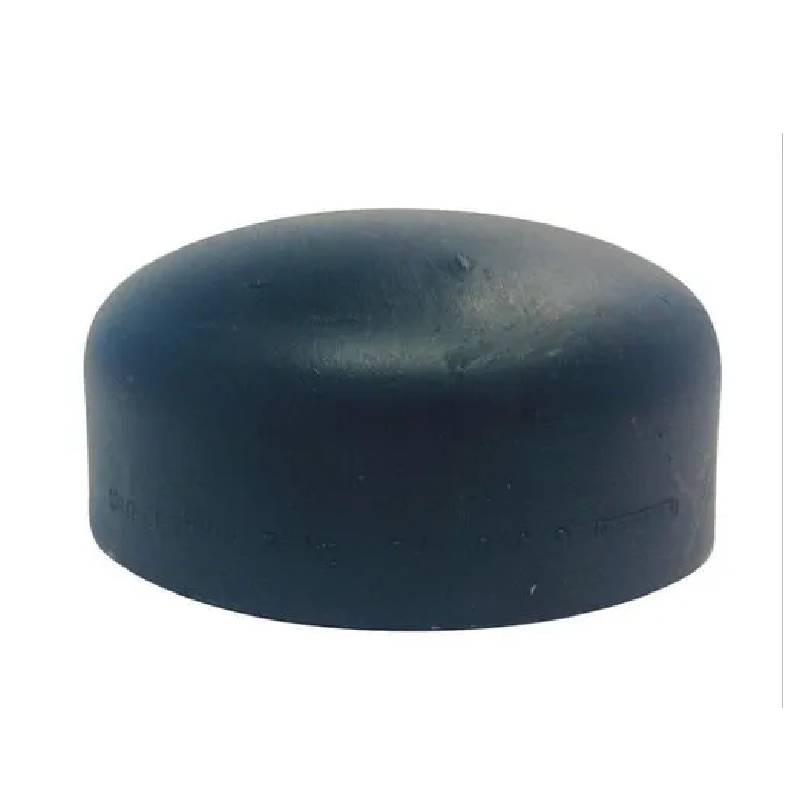-
Cangzhou Yulong Steel Co., Ltd.
-
Phone:
+86 13303177267 -
Email:
admin@ylsteelfittings.com
- English
- Arabic
- Italian
- Spanish
- Portuguese
- German
- kazakh
- Persian
- Greek
- French
- Russian
- Polish
- Thai
- Indonesian
- Vietnamese
- Zulu
- Korean
- Uzbek
- Hindi
- Serbian
- Malay
- Ukrainian
- Gujarati
- Haitian Creole
- hausa
- hawaiian
- Hebrew
- Miao
- Hungarian
- Icelandic
- igbo
- irish
- Japanese
- Javanese
- Kannada
- Khmer
- Rwandese
- Afrikaans
- Albanian
- Amharic
- Armenian
- Azerbaijani
- Basque
- Belarusian
- Bengali
- Bosnian
- Bulgarian
- Catalan
- Cebuano
- China
- China (Taiwan)
- Corsican
- Croatian
- Czech
- Danish
- Esperanto
- Estonian
- Finnish
- Frisian
- Galician
- Georgian
- Kurdish
- Kyrgyz
- Lao
- Latin
- Latvian
- Lithuanian
- Luxembourgish
- Macedonian
- Malgashi
- Malayalam
- Maltese
- Maori
- Marathi
- Mongolian
- Myanmar
- Nepali
- Norwegian
- Norwegian
- Occitan
- Pashto
- Dutch
- Punjabi
- Romanian
- Samoan
- Scottish Gaelic
- Sesotho
- Shona
- Sindhi
- Sinhala
- Slovak
- Slovenian
- Somali
- Sundanese
- Swahili
- Swedish
- Tagalog
- Tajik
- Tamil
- Tatar
- Telugu
- Turkish
- Turkmen
- Urdu
- Uighur
- Welsh
- Bantu
- Yiddish
- Yoruba

Aug . 12, 2024 10:06 Back to list
Exploring the Functionality and Design of Frame Plates in Engineering Applications
Understanding Frame Plates A Critical Component in Construction and Design
In the world of construction and design, the term frame plate refers to a crucial structural element that plays an integral role in the stability and functionality of various constructions. Frame plates are used in a variety of applications, from simple residential buildings to complex skyscrapers, and understanding their purpose and application is vital for architects, engineers, and builders alike.
A frame plate, also known as a rim joist or band joist, typically serves as a horizontal component that connects vertical frame members, such as studs or posts, providing stability and support to the overall structure. It is usually situated at the top or bottom of a wall frame and can also be found in floor joist systems. The primary purpose of a frame plate is to distribute loads evenly throughout the structure, ensuring that the weight of the roof, floors, and any additional materials is adequately supported.
The material composition of frame plates is essential for ensuring structural integrity. Common materials include wood, steel, and composite materials, each offering distinct advantages and disadvantages. Wood frame plates, for instance, are lightweight and relatively easy to work with, making them a popular choice in residential construction. However, they may be susceptible to moisture, pests, and warping over time. On the other hand, steel frame plates are incredibly strong and durable, providing superior resistance to various environmental factors. The use of composite materials is on the rise due to their enhanced durability and resistance to environmental degradation.
frame plate

In addition to their structural role, frame plates also play a significant part in the overall energy efficiency of a building. Properly designed and installed frame plates can minimize heat loss and improve insulation, ultimately leading to reduced energy costs. This is particularly important in modern building design, where sustainability and eco-friendly practices are becoming increasingly prioritized.
The installation of frame plates requires careful planning and execution. Builders must consider factors such as load-bearing requirements, local building codes, and the specific needs of the construction project. Proper alignment and secure fastening of frame plates are vital to prevent issues such as shifting or settling, which can compromise the integrity of the entire structure.
Furthermore, the design of frame plates can also contribute to aesthetic considerations. Architects and designers often incorporate frame plates into their plans, ensuring that they not only serve a functional purpose but also enhance the visual appeal of a building. This dualistic approach to design has led to innovative solutions that blend structural necessity with aesthetic beauty.
To conclude, frame plates are a fundamental component in the construction and building design process. They provide critical structural support, contribute to energy efficiency, and can even enhance the overall aesthetic value of a building. As construction practices continue to evolve and adapt to modern demands, the importance of understanding and utilizing frame plates effectively cannot be overstated. Both professionals in the field and those engaged in DIY projects must recognize the significance of this element in ensuring the safety, durability, and efficiency of their constructions. With ongoing advancements in materials and techniques, the role of frame plates will only become more pivotal in the future of building design and architecture.
Latest news
-
ANSI 150P SS304 SO FLANGE
NewsFeb.14,2025
-
ASTM A333GR6 STEEL PIPE
NewsJan.20,2025
-
ANSI B16.5 WELDING NECK FLANGE
NewsJan.15,2026
-
ANSI B16.5 SLIP-ON FLANGE
NewsApr.19,2024
-
SABS 1123 FLANGE
NewsJan.15,2025
-
DIN86044 PLATE FLANGE
NewsApr.19,2024
-
DIN2527 BLIND FLANGE
NewsApr.12,2024
-
JIS B2311 Butt-Welding Fittings LR/SR 45°/90° /180°Seamless/Weld
NewsApr.23,2024











